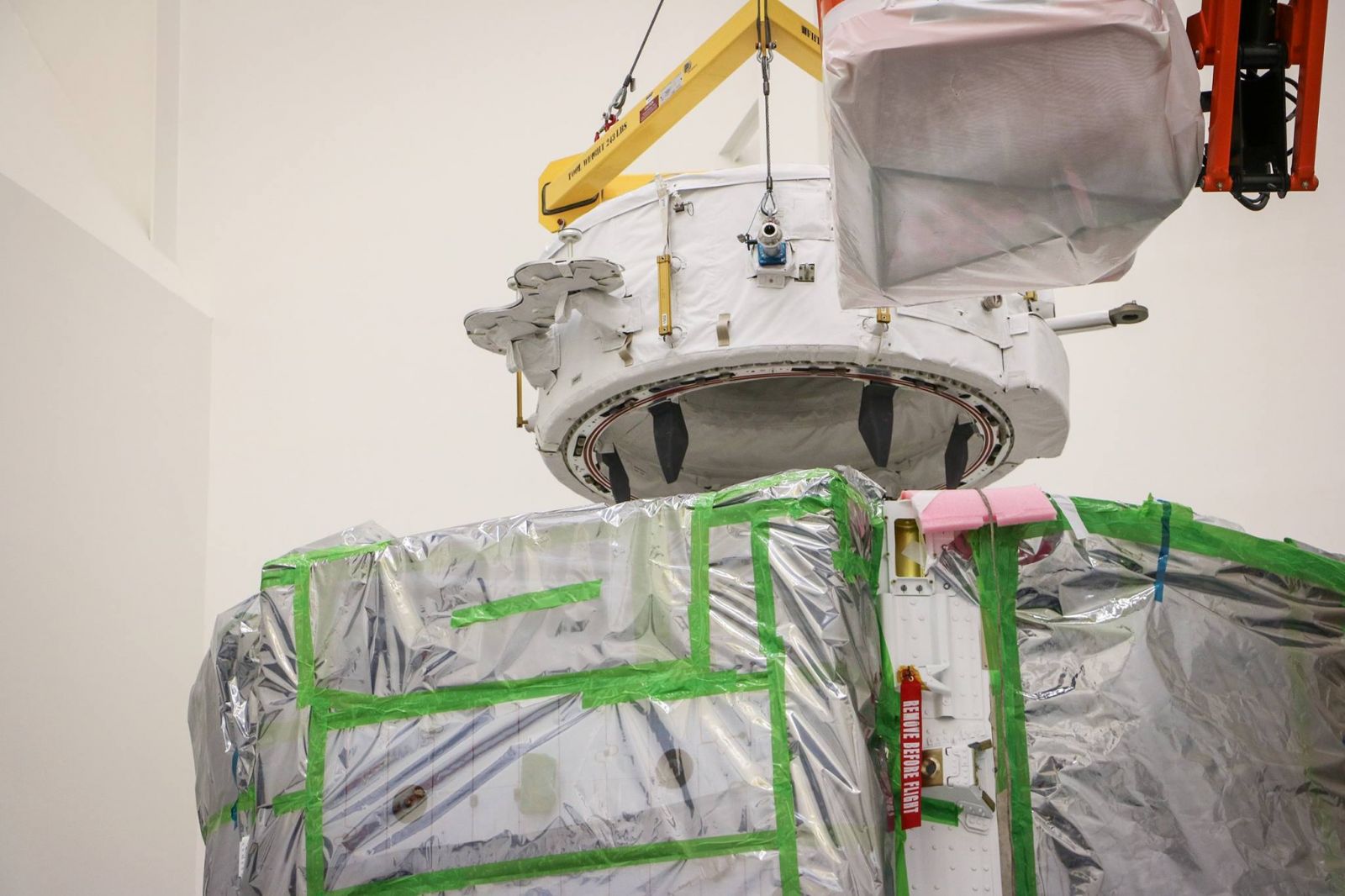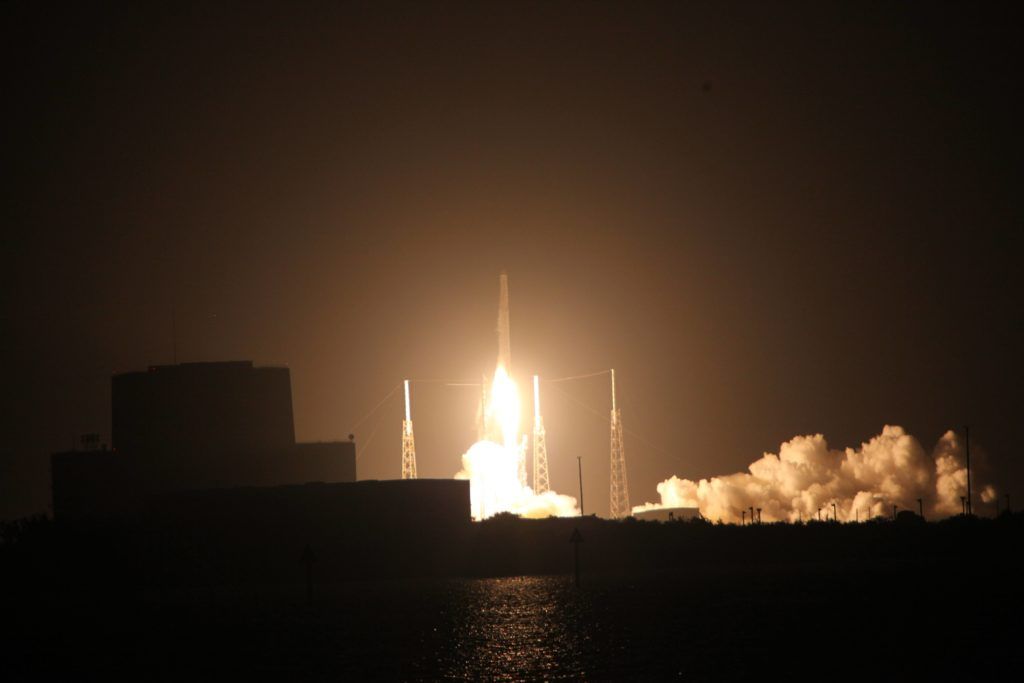The International Space Station’s (ISS) reconfiguration continues as it readies to host future commercial spacecraft including Boeing’s own Crew Space Transportation (CST)-100 Starliner. Boeing, the prime contractor for the ISS, is helping NASA manage this transition, which includes the installation of a pair of International Docking Adapters (IDA-2 and IDA-3) that will allow commercial crew vehicles to dock with the orbital laboratory.
The second Boeing-built docking adapter, designated IDA-2, was built at Boeing’s Houston Product Support Center (HPSC). It was delivered to the station aboard NASA’s Cargo Resupply Services flight (CRS-9) which launched from the Kennedy Space Center (KSC), Fla. on July 18.IDA-2 will be installed on the Pressurized Mating Adapter (PMA-2) on the Node 2 forward port of the Harmony module during a spacewalk later this year.
“The IDA opens the door for new commercial and international vehicles to dock to the space station. The adapters also promote global cooperation by implementing a new international docking standard,” said Mark Mulqueen, Boeing ISS program manager.
The navigation aids located on IDA are more sophisticated than previous docking systems and include laser reflectors and targets providing cues for both visible and infrared space vision systems allowing the incoming spacecraft to approach and dock autonomously or in a piloted mode.
It will take astronauts working inside and outside the station to install the docking adapter. Weighing more than 1,000 pounds, the first IDA will be moved out of the trunk of the cargo capsule, using the space station’s robotic arm, and onto the station. During planned spacewalks, astronauts will attach data cables and other relevant systems to make the adapter a permanent part of the station.
NASA previously awarded a $9 million contract to Boeing to build a third docking adapter, which will replace IDA-1 which was lost during a launch failure on June, 2015.

